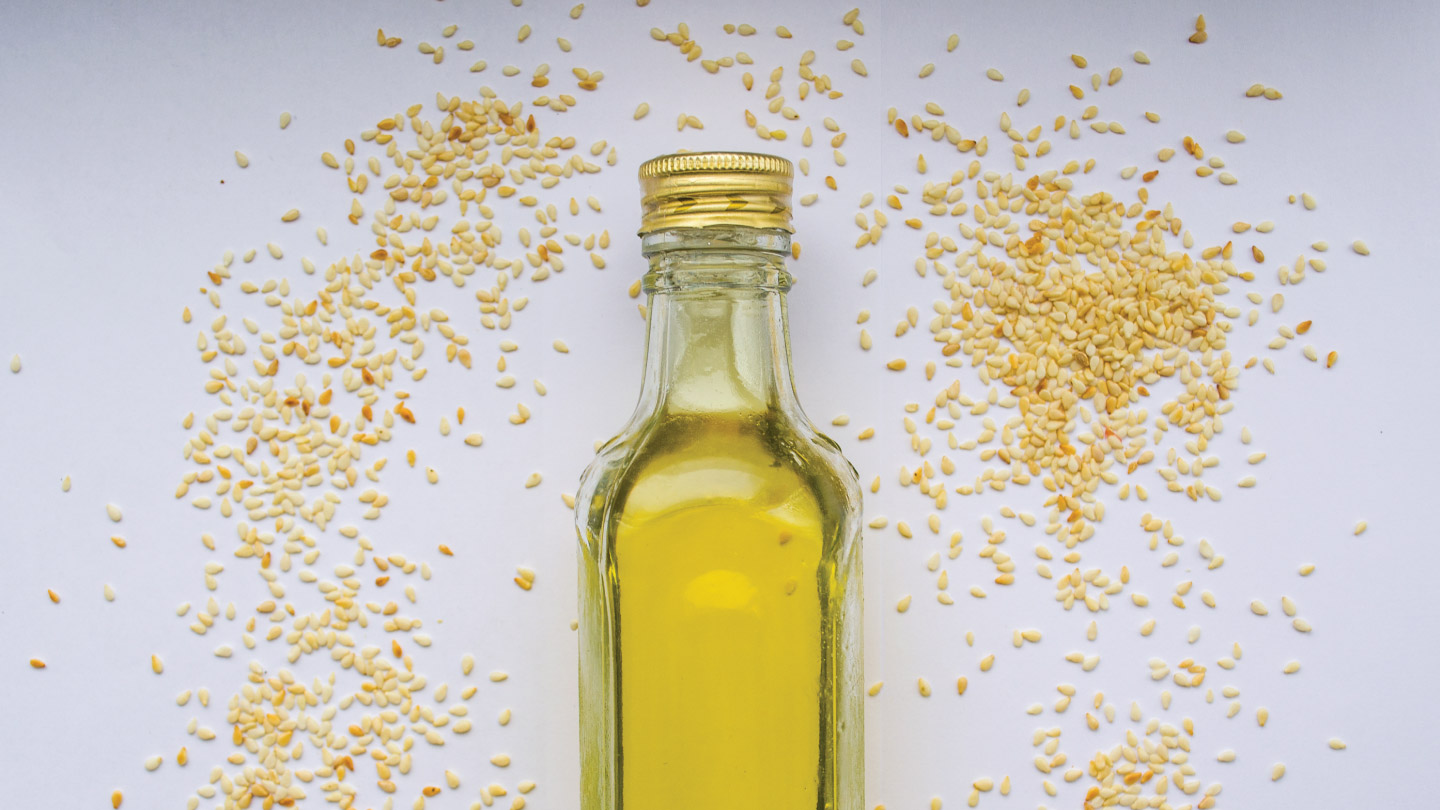Miscellaneous
Fake Grass, Real Concerns: How Safe Is Artificial Turf, Really?
Artificial turf is everywhere, from your kid’s soccer field to the local playground, but what’s really hiding beneath those green plastic blades? Let’s shed light on this popular grass alternative.
.jpg)
I was watching my nephew’s soccer game last weekend when a friend leaned over and asked, “Do you think this turf is actually safe?” I glanced down at the shiny green field, dotted with tiny black crumbs that clung to everyone’s shoes. It looked spotless; no mud, no grass stains, no bugs. In fact, it felt like the perfect upgrade from messy, high-maintenance grass. And I’m not alone in thinking that. Across schools, parks, and stadiums, artificial turf has been marketed as a “cleaner,” “healthier,” and even “eco-friendly” alternative to natural grass.
Related story: Endocrine Disruptors: Toxic chemicals hiding in common household items
But is that reputation deserved? While it’s easy to see why people believe artificial turf is better, with less watering, fewer pesticides, and year-round play, there’s also a growing conversation about hidden downsides: microplastics, heat retention, chemical exposure, and how these fields age. In other words, the lush green carpet isn’t as straightforward as it seems.
The Chemical Cocktail Underfoot
We tend to think of grass as green, but artificial turf? It might be greener in colour, but beneath that lies a chemical cocktail. Scientists have identified hundreds of chemicals in synthetic turf materials, including heavy metals like lead and arsenic, cancer-linked compounds like benzene and polycyclic aromatic hydrocarbons (PAHs), and even hormone-disrupting phthalates. One 2019 Yale University analysis found a staggering 306 different chemicals in crumb rubber infill. Think about that, 306 mystery ingredients beneath your feet, and we have no idea what long-term brew they might create.
Manufacturers often assure us that these chemicals stay locked in the plastic or rubber. But in reality, players, especially kids, come into contact with them. As the turf wears down under the sun and play, it sheds dust and particles. Athletes often find those black rubber bits in their shoes, socks, and even mouths.
Related story: Proof That Sustainable Living Can Significantly Decrease Your Carbon Footprint
Heat and Injury Risks
Even if we set the chemical question aside, artificial turf can be brutal in summer. Because plastic and rubber absorb sunlight, surface temperatures can soar to over 160 °F – far hotter than natural grass, which usually stays below 100 °F even on very hot days (Clean Water Action, 2024).
Children have reported burns on their skin and soles, and in some tournaments, plastic cleats have softened or melted on the field. On top of that, pro athletes and youth players alike report more abrasions and certain knee and ankle injuries on synthetic surfaces enough that the NFL Players Association and FIFA have publicly pushed for natural grass fields at major events (Clean Water Action, 2024).
Related story: The Hidden Danger of Microplastics: How to Protect Yourself and the Planet
Transparency and Trust
One of the biggest surprises? Turf manufacturers aren’t legally required to disclose all the chemicals they use. Parents and school boards often can’t find out what’s actually being installed under children’s feet (Mount Sinai Institute for Exposomic Research, 2024). That lack of transparency matters because the artificial turf market is a multibillion-dollar business. When big money and public contracts are involved, there’s always a temptation to cut corners. Past investigations have found companies selling fields they knew would wear out early or using cheaper, more toxic fillers to save costs (Sports Illustrated, 2016).
Related story: Tackling Climate Misinformation
The Bigger Picture
Even if the health evidence remains mixed, artificial turf has undeniable environmental downsides. Each worn-out field (after 8–10 years) leaves tens of thousands of pounds of plastic and tire waste with no easy recycling path. Turf sheds microplastics into the air and waterways, and unlike natural grass, it doesn’t cool surrounding areas or absorb stormwater runoff (Clean Water Action, 2024). Some cities, like Boston, have paused new turf installations over these concerns.
Related story: Are You Anxious About Climate Change?
Safer Choices for Families and Communities
If you’re a parent, coach, or community member, you don’t have to panic – but you can be proactive:
- Ask tough questions: Before installation, request ingredient lists and safety data. Encourage vendors that use alternative infills and independent lab testing.
- Prefer natural surfaces: Well-maintained grass or engineered wood fibre is still considered the gold standard for safety and comfort (National Centre for Health Research, 2019).
- Stay cool and clean: Avoid playing on extremely hot days, wear shoes, and wash up after contact to reduce exposure to any residues.
- Watch small children: They’re more likely to put crumb rubber in their mouths, which is a direct route of exposure.
Related story: How is Climate Change Affecting Your Health?
Artificial turf delivers convenience and picture-perfect fields, but it also carries unanswered questions about chemical exposure, heat, injuries, and long-term environmental damage. Until research provides clearer answers, it’s smart to stay informed, push for transparency, and favour safer alternatives wherever possible. Natural grass may stain your shoes, but it doesn’t come with microplastics, hidden toxins, or 160-degree heat.
Need all your wellness solutions in one place? A whole new world awaits just a click away.
EXPLORE MORE
From Ayurveda texts to Instagram reels, oil pulling for dental health has journeyed across centuries. But does swishing oil really clean more than it claims, or is it just another wellness fad? Let’s find out from an expert.
From making us responsible to teaching life lessons, teachers play an irreplaceable role in everyone’s life.
Great relationships aren’t about perfection; they’re about presence, curiosity, and the courage to grow together.
Scary dreams may be ageing you faster than birthday candles ever could. Read how nightmares may be impacting both your mental health and longevity.




.jpg)
.jpg)
.jpg)
